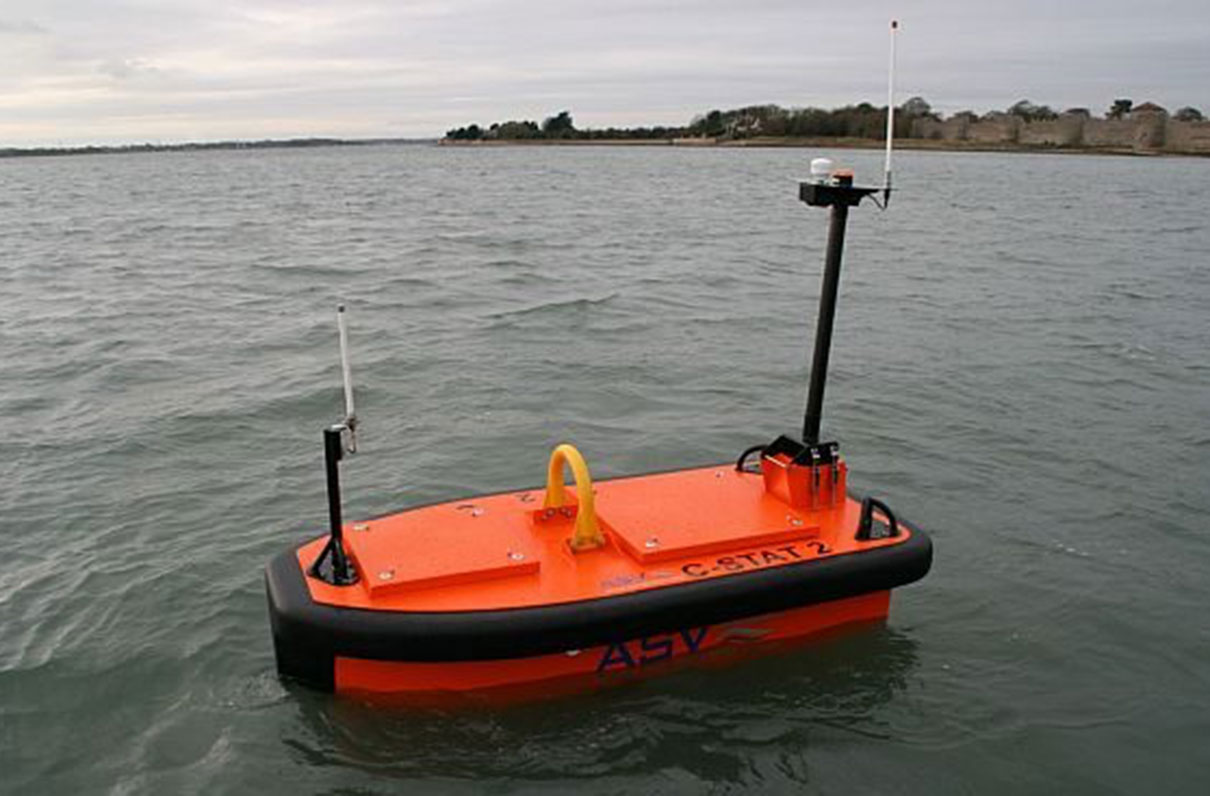The U.S. Navy has chosen Hydronalix of Green Valley, Ariz., to develop a buoy that handles the control and communication functions of surveillance unmanned underwater vehicles (UUVs).
The Naval Air Warfare Center Aircraft Division in Lakehurst, N.J., awarded the Arizona company an advanced research contract to develop integrated control and communications software in mobile gateway buoys. The devices are designed to determine the depth and underwater topography of inland waters and rivers.
Tony Brescia, science and technical director for the Naval Air System Command's Avionic, Sensors, and Electronic Warfare Department, says the mobile gateway buoy is being developed for the Mark 18 UUV to allow an operator to track, monitor, command, and interact with the UUV remotely while the UUV is submerged.
"The mobile gateway buoy allows the Mark 18 to not have to come to the surface to communicate," Brescia says. "Typically, if it was on a 10-hour mission, a Mark 18 unmanned system would have to come to the surface so humans know that it is doing what it had been told to do. At the top of every hour, for example, it would come to the surface and communicate that it's doing its work."
Brescia notes that if an operator didn't hear from an UUV in two hours, the operator might determine the UUV is stuck in a net or has a battery problem. Having it come up for a check lets the operator know it's functioning properly and where it is. But the mobile gateway buoy means the UUV wouldn't have to surface to communicate any more.
"The mobile gateway buoy allows the UUV to stay on mission and communicate through the gateway," Brescia points out. "We tested the mobile gateway buoy with the Navy's Fifth Fleet late last year and are working on an updated version of the vehicle after lessons learned. We're putting new sensors on the unit and making other improvements."
Brescia notes the Navy also is working on putting a WIDAR imaging system (passive tracking through velocity monitoring with commodity Wi-Fi) on the Mark 18, some time in 2019 or early 2020.
About the author: Alan M. Petrillo is a Tucson, Ariz., journalist who writes for national and regional magazines and newspapers. He's the author of several books on historical military firearms; two historical mysteries, Full Moon and Asylum Lane; and his latest historical thriller, A Case of Dom Perignon; all available at www.amazon.com.
